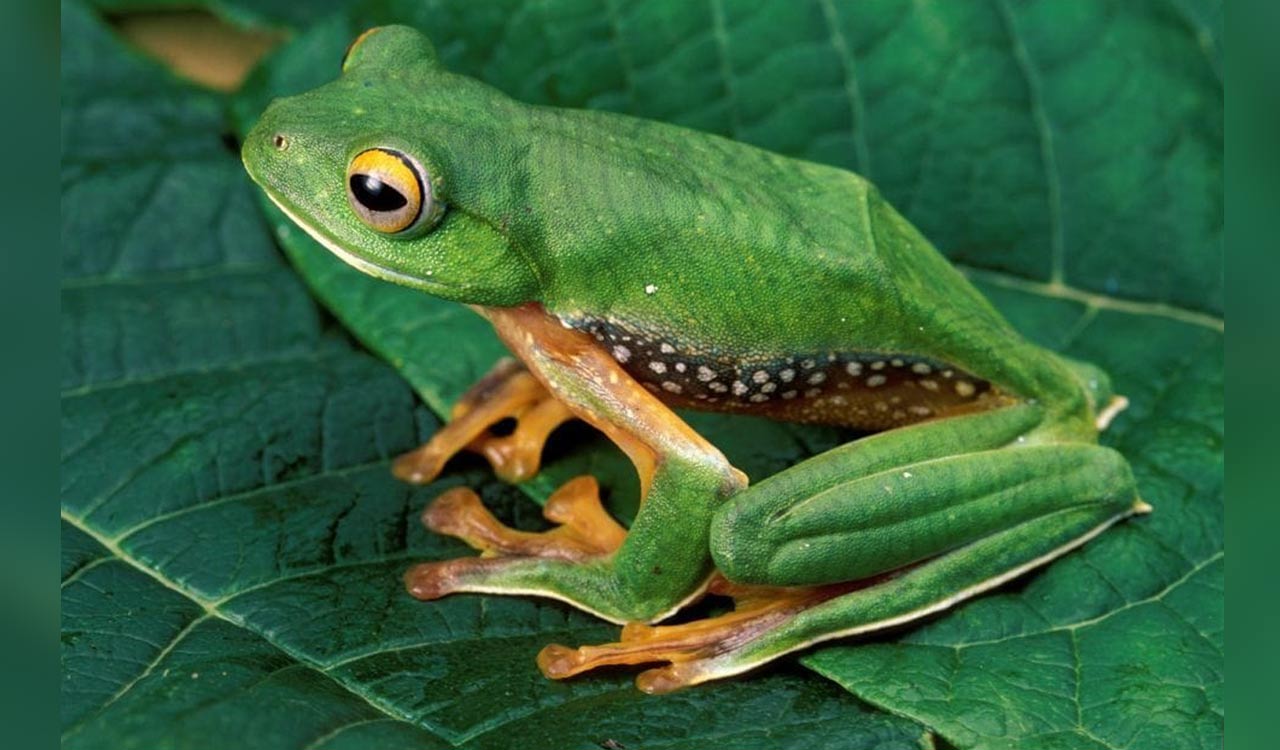The study is of particular interest to India since the country ranks sixth in the world for the diversity of amphibians. It houses nearly 70 percent of all species found nowhere else in the world and also has 41 percent of threatened species
Published Date – 08:06 PM, Thu – 5 October 23

Hyderabad: Amphibians including frogs, caecilians and salamanders are the most threatened vertebrates in the world, with over 40 percent of all of their species facing threats of extinction, out of 8,011 species assessed so far and their status is deteriorating globally, a study by global team of experts, which included researchers from Hyderabad-based Centre for Cellular and Molecular Biology (CCMB), published in the prestigious Nature journal, said.
The second Global Amphibian Assessment Report in the Nature journal, which also had contributions from senior scientist from CCMB, Dr Karthikeyan Vasudevan, said that between 1980 and 2004, disease and habitat loss were the reasons for putting 91 percent of the amphibian species studied to threat. While from 2004 to 2023, climate change and habitat loss are the major culprits for status deteriorations of 39 percent and 37 percent species studied respectively, the report said.
The study is of particular interest to India since the country ranks sixth in the world for the diversity of amphibians. It houses nearly 70 percent of all species found nowhere else in the world and also has 41 percent of threatened species, a press release said.
“A disease caused by a fungal pathogen and climate change has been recognized to cause deterioration of status in 60 percent of the threatened species. Due to the growing pet trade and wildlife trade the pathogen moves globally, causing problems for local amphibian populations. The findings indicate the need to monitor pathogens and populations of amphibians in their habitats in India. It also emphasizes the need to rescue endangered amphibians by establishing populations in Indian zoos,” Dr Vasudevan said.
In April 2023, CCMB developed a novel non-invasive diagnostic technique to detect the fungal pathogen that is now being offered in the Institute’s wildlife diagnostics services,” he added.



